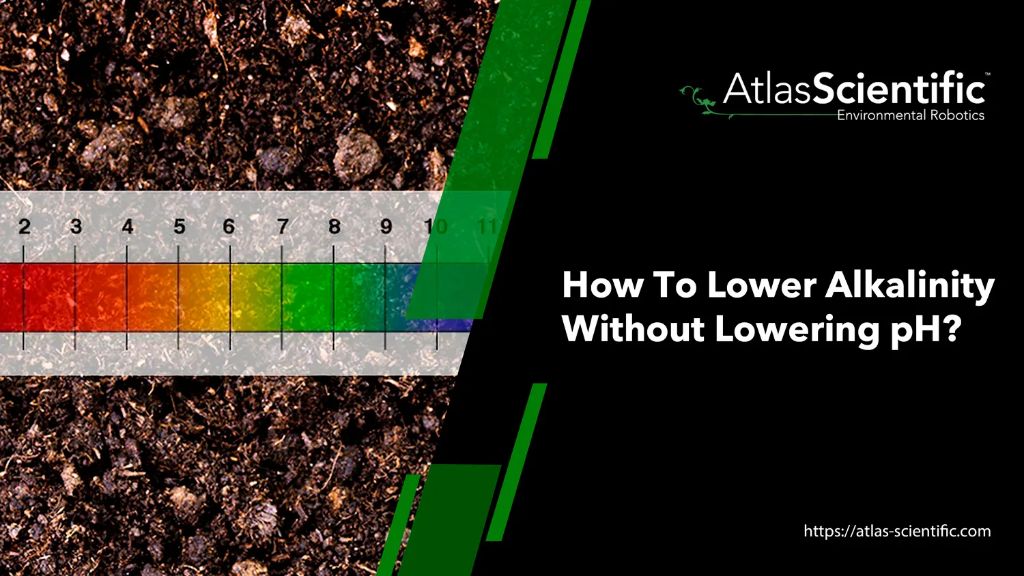Maintaining proper water chemistry is crucial for keeping your hot tub clean and safe to use. The two most important factors are pH and alkalinity. pH measures how acidic or basic the water is, while alkalinity refers to the ability of the water to resist changes in pH. Ideally, you want your pH between 7.2-7.8 and your alkalinity between 80-120 ppm. However, sometimes the alkalinity can creep up while the pH remains stable. So how do you lower the alkalinity without impacting the pH?
Page Contents
What Causes High Alkalinity?
There are a few common causes of high alkalinity in hot tubs:
- Using baking soda to raise pH – Baking soda contains sodium bicarbonate which increases alkalinity.
- High calcium hardness – Calcium can contribute to total alkalinity.
- Buildup from chemicals – Chemicals like dichlor and lithium hypochlorite increase alkalinity over time as they dissolve.
- Infrequent water changes – Over time, alkalinity concentrates as water evaporates if new water isn’t added.
While high pH can also raise the alkalinity, typically pH fluctuations are a result of alkalinity being off. That’s because alkalinity acts as a buffer to prevent rapid changes in pH.
Problems Caused by High Alkalinity
When the alkalinity is too high, usually over 120 ppm, a few issues can occur:
- pH becomes unstable – It’s difficult to maintain the ideal pH range without rapid fluctuations.
- Cloudy water – High alkalinity can contribute to cloudiness and reduce the effectiveness of spa chemicals.
- Scale buildup – The calcium and minerals in the water can more easily precipitate out, leading to scale formation on tub surfaces.
- Skin/eye irritation – Alkalinity outside the ideal range can cause minor irritation for some users.
That’s why keeping your alkalinity in check is just as important as monitoring the pH. So if it rises too high, taking measures to lower it while balancing the pH is recommended.
How to Decrease Alkalinity Without Disrupting pH
Here are a few methods you can use to reduce the alkalinity without impacting the pH much:
Use Muriatic or Sulfamic Acid
Muriatic acid and sulfamic acid can lower alkalinity with only a slight change to the pH. Here’s how to use them:
- Test the current pH and alkalinity levels.
- Determine how much you need to reduce the alkalinity based on your test results.
- Add a small amount of muriatic or sulfamic acid – start with 1/2 cup per 500 gallons.
- Retest the pH and alkalinity after 2-4 hours.
- Repeat as needed until alkalinity is in range, adjusting the pH with baking soda as needed.
These acids work well for fine tuning alkalinity reduction without huge pH swings. Add them slowly and retest frequently to achieve the right balance.
Perform Partial Water Changes
Partially draining the hot tub and refilling it will dilute the alkalinity concentration. Here’s how:
- Test alkalinity and pH.
- Drain 15-25% of the water from the hot tub.
- Refill the tub with fresh water and balance chemicals like calcium, chlorine, etc.
- Retest alkalinity and pH after 4-6 hours.
- Repeat partial water change as needed to lower alkalinity.
Changing 50% or more of the water at once can sometimes cause the pH to drop rapidly. Smaller water changes allow you to remove alkalinity gradually.
Use an Alkalinity Down Product
Spa chemical companies make alkalinity reducing chemicals that contain sodium bisulfate. They lower alkalinity with less impact on pH compared to acid options. Here are some steps for using them:
- Test the alkalinity and pH.
- Determine how much alkalinity reducer is needed based on product instructions.
- Slowly add the recommended amount, circulating the water.
- Retest alkalinity and pH after 2-4 hours.
- Add more reducer as needed to reach target alkalinity level.
Alkalinity down products are simple to use. Just follow the dosage guidelines and retest until the alkalinity falls into the ideal 80-120 ppm range.
Switch to Sodium Chloride System
Salt chlorine generator systems produce chlorine from salt added to the water. They reduce the need for alkalinity-increasing chemicals like dichlor and lithium hypochlorite. Converting to a salt system can help prevent alkalinity from climbing as rapidly. Keep in mind that you’ll still need to monitor and manage the alkalinity level.
Preventing High Alkalinity in the Future
Once you’ve got the alkalinity back where it should be, you can take steps to prevent it from getting too high again:
- Test water 1-2 times per week to catch rising alkalinity early.
- Limit baking soda additions for pH control.
- Use alkaline chlorine boosters sparingly.
- Don’t allow calcium hardness to exceed 275 ppm.
- Change hot tub water regularly every 3-4 months.
- Frequently clean the filter cartridges to prevent residue buildup.
Staying on top of your water care regimen is the best way to maintain proper alkalinity and pH. Also, invest in an accurate test kit to monitor the levels.
Conclusion
In summary, there are a few good options to reduce high alkalinity without disrupting the pH too much:
- Use muriatic or sulfamic acid in small increments.
- Drain 15-25% of the water and refill.
- Utilize alkalinity down chemicals with sodium bisulfate.
- Consider converting to a salt chlorine generator system.
Getting testing frequently, adding chemicals slowly, and changing part of the water are key. With some careful monitoring and alkalinity reduction, you can bring levels back in-line without pH fluctuations. This will allow you to continue enjoying crystal clear spa water.
